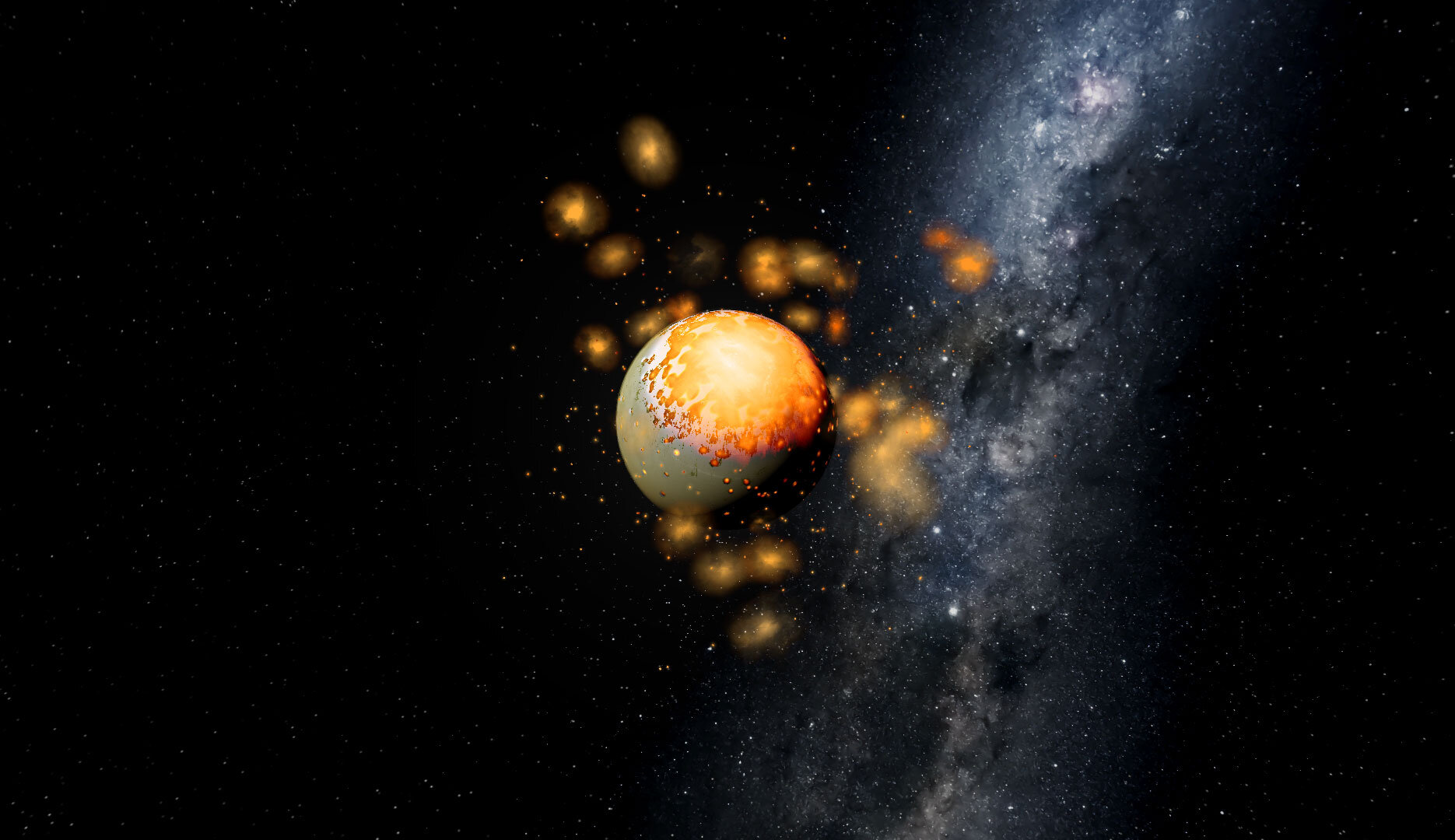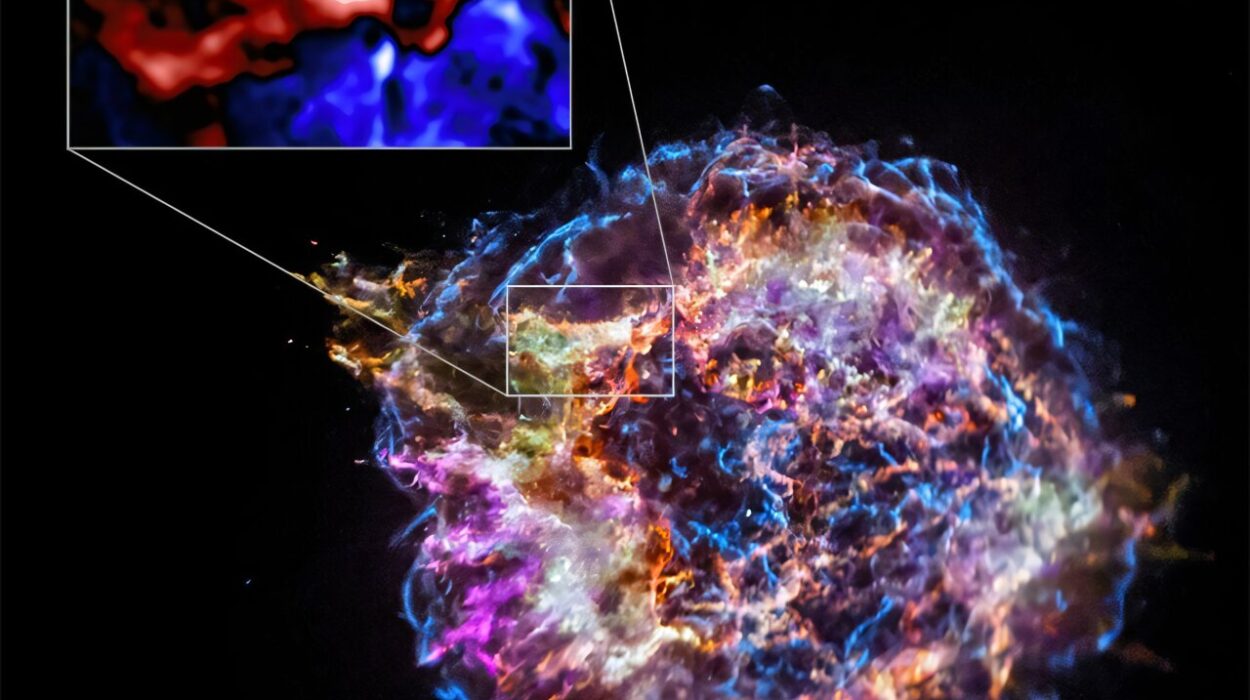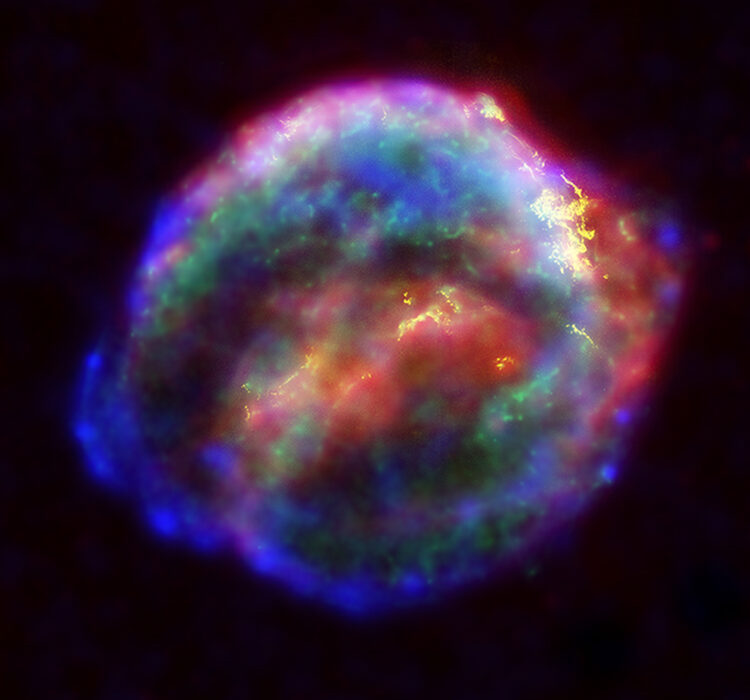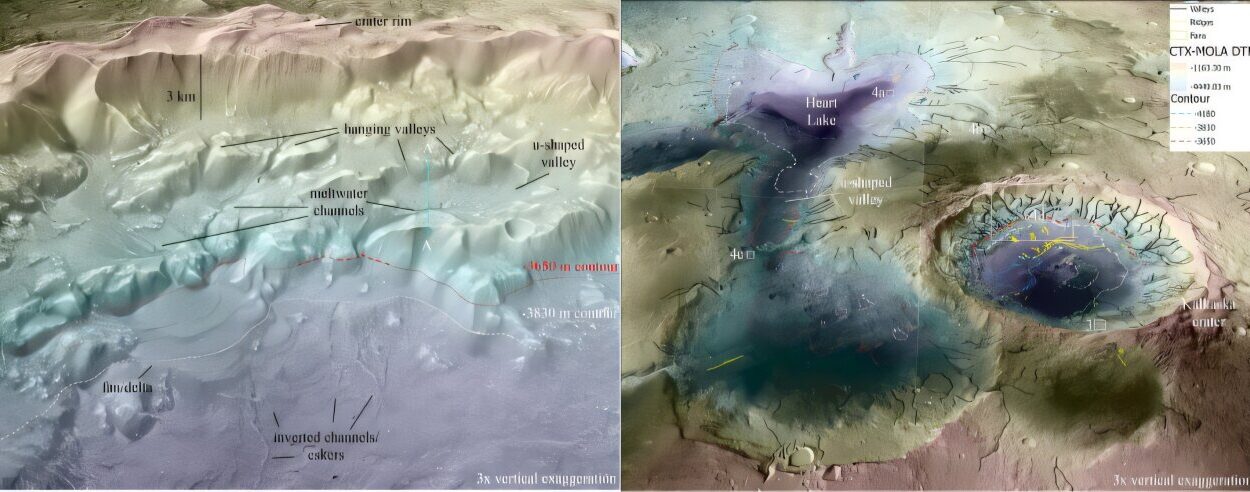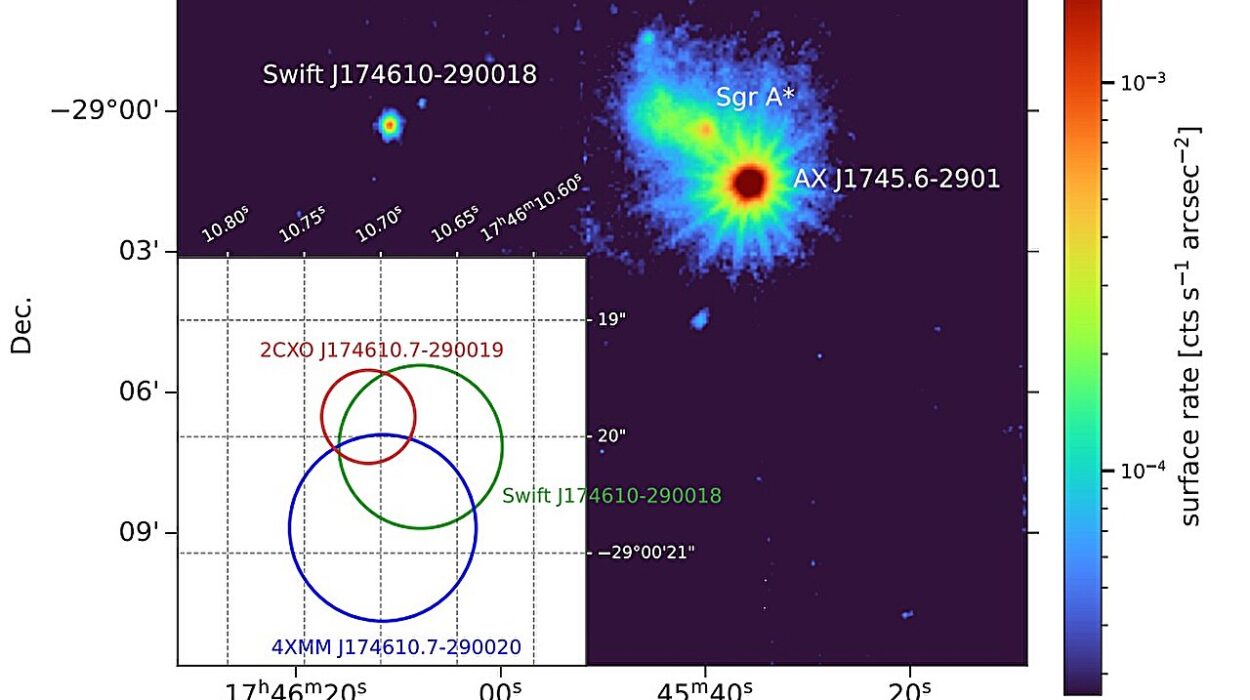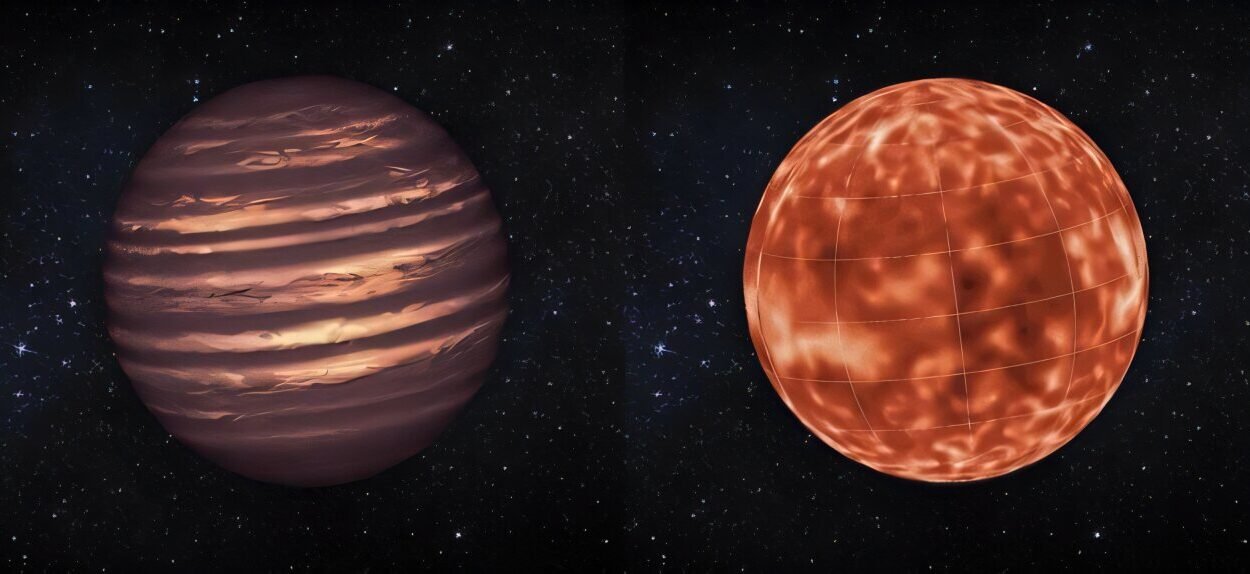In the vast darkness of space, worlds are not gently formed. They are born through chaos—through crashing, churning, and colliding. Long before Earth had oceans or breath, it was a bruised and battered world molded by violent impacts. Now, a groundbreaking review published in Nature peels back the planetary layers of time to explore how these cosmic collisions—particularly those that happened late in the game—helped sculpt not just Earth, but the very foundations of terrestrial life.
Led by Dr. Simone Marchi of the Southwest Research Institute (SwRI), in collaboration with Yale University, the new paper offers a sweeping look at how the final stages of planet-building—called late accretion—shaped the chemistry, structure, and habitability of the rocky planets in our inner solar system: Mercury, Venus, Earth, and Mars.
Their findings are more than geological footnotes. They offer a roadmap to understanding what makes a planet like ours not just possible—but alive.
A Universe Under Construction
It all began about 4.6 billion years ago. A quiet corner of our galaxy suddenly roared to life when a cloud of gas and dust collapsed under its own gravity. At the heart of the maelstrom, the Sun ignited. Around it, a rotating disk of cosmic debris flattened and thickened, brewing the ingredients for planets. Through slow and steady accretion, microscopic grains collided to form pebbles, then boulders, then planetesimals, and finally, protoplanets.
But this process wasn’t as smooth as it sounds. Think demolition derby, not assembly line.
The Earth likely reached 99% of its mass within the first 60 to 100 million years of the solar system’s formation. But that last 1%—what scientists call late accretion—may have mattered the most. These final collisions weren’t just background noise; they were decisive blows that helped determine each planet’s long-term destiny.
“We examined the disproportionate role late accretion—the final 1% of planetary growth—plays in controlling the long-term evolution of Earth and other terrestrial planets,” said Dr. Marchi, the lead author of the study. “It’s like the final ingredients in a recipe. They might seem minor, but they can completely change the outcome.”
A Tale of Four Worlds
The four terrestrial planets are close neighbors, but they couldn’t be more different.
Earth is rich in water, shrouded in a breathable atmosphere, and geologically active. Venus, its sister in size, is cloaked in toxic clouds and seethes beneath a crushing greenhouse atmosphere. Mars is a rust-colored desert, frozen and barren, yet it bears scars of ancient rivers and lakes. Mercury, closest to the Sun, is a scorched, metallic enigma with an oddly high metal content in its core.
What could possibly explain such variety from planets born of the same stellar nursery?
The new research points to late accretion as a key player. Through large-scale impact simulations and detailed geochemical data from meteorites and rocks, the study shows how the last big collisions delivered (or removed) essential elements. Water, carbon, iron, sulfur—all could have been added or stripped away depending on the size, speed, and composition of the impactors.
“Differences in planets’ late accretions may provide a rationale for interpreting their distinct properties,” Marchi explained. “For example, Earth’s ability to support life may be tied to the exact timing and nature of its final collisions.”
On Earth, those late-stage impacts could have helped trigger plate tectonics, influence atmospheric composition, and deliver volatile compounds like water—vital for life. On Venus, similar impacts might have smothered the planet in a super-dense atmosphere. Mars may have received too few volatiles, dooming it to an early geological freeze. And Mercury’s strange metal core might be the ghost of an ancient impact that stripped its outer layers.
The Cosmic Clock and the Origin of Life
For decades, scientists believed that the timing of planetary formation was less important than the total amount of mass a planet accumulated. But this new review upends that idea, showing that when and how a planet received its final blows had long-lasting consequences for its geophysics, its chemistry, and its future potential for life.
Marchi and his team explain that planetary collisions don’t just shuffle rocks—they modify atmospheres, dictate surface conditions, and set the stage for prebiotic chemistry.
“The fate of an impactor’s material is crucial to understanding the target body’s physical and chemical evolution,” Marchi said. “By studying the abundance of elements that bond with metal, we can trace how planetary cores, mantles, and crusts were shaped.”
This includes elements like gold, platinum, and iridium—“siderophile” elements that prefer to bond with metal. Their presence in a planet’s mantle or crust offers clues about how much of the impactor was retained, what was lost, and how the planet’s interior formed over time.
These collisions could also alter the course of atmosphere-building. An impact might blow away existing gas layers or deliver volatile-rich materials that replenish them. The right sequence of events might lead to Earth’s lush, oxygenated skies. The wrong one might give rise to Venus’ runaway heat trap or Mars’ thin whisper of a sky.
“These processes almost certainly played a role in the prebiotic chemistry of early Earth,” Marchi said. “But their implications in the origin of life remain a mystery.”
The Hunt for Earth’s Cosmic Cousins
As telescopes grow stronger and exoplanet discoveries pile up, scientists are eager to find Earth’s twin—a rocky planet with the right mass, temperature, and position around its star. But the new research suggests there’s another, often overlooked metric that may be just as important: collision history.
“Impact histories should play a critical role in the search for habitable exoplanets,” Marchi emphasized. “The habitability of a rocky planet depends on the nature of its atmosphere, which is tied to plate tectonics and mantle outgassing. These, in turn, are affected by how and when a planet is bombarded.”
Put simply: you can’t just look at a planet’s size and distance from its star. You have to understand its scars.
The Earth we know today—the blue marble humming with life—might not exist if not for the right collisions at the right time. It’s a powerful reminder that randomness, in the form of violent impacts, may be essential to the birth of life itself.
The Story Buried in Stone and Starlight
Understanding late accretion isn’t easy. Earth’s geologic activity has buried or erased much of its early history. That’s why scientists turn to other sources: meteorites, the Moon’s surface, even dynamic simulations to reconstruct the ancient bombardment that forged the inner planets.
What they’re finding is not a simple narrative, but a complex interplay between chance and chemistry, between violence and creation.
Marchi and his colleagues argue that continued interdisciplinary research—from planetary modeling to geochemical analysis—is vital to unlocking the early history of rocky planets. Every crater tells a story. Every element preserved in a meteorite may be a clue.
“The more we understand these processes,” Marchi said, “the closer we come to answering the deepest questions—not just how planets form, but how life begins.”
A Universe Still in the Making
Even now, collisions continue to shape our solar system. Asteroids whiz past Earth. Spacecraft reveal battered moons and fractured worlds. And in distant star systems, we watch new planets coalesce from clouds of dust and fire.
The universe is still building.
But now, thanks to research like this, we’re a little closer to understanding how a young, molten Earth became a cradle for life—and how the echoes of ancient impacts still resonate in our quest to find others like it.
Because somewhere, out there, another planet might be taking shape—waiting for just the right collision to set the stage for life.
Reference: Simone Marchi et al, The shaping of terrestrial planets by late accretions, Nature (2025). DOI: 10.1038/s41586-025-08970-8
